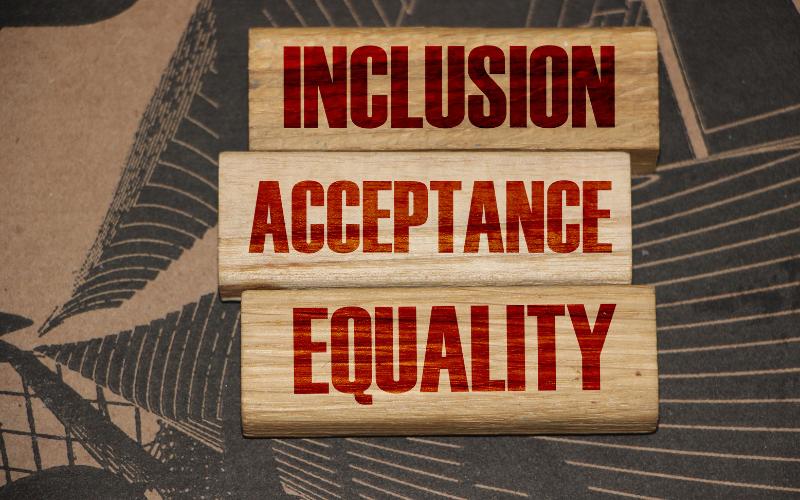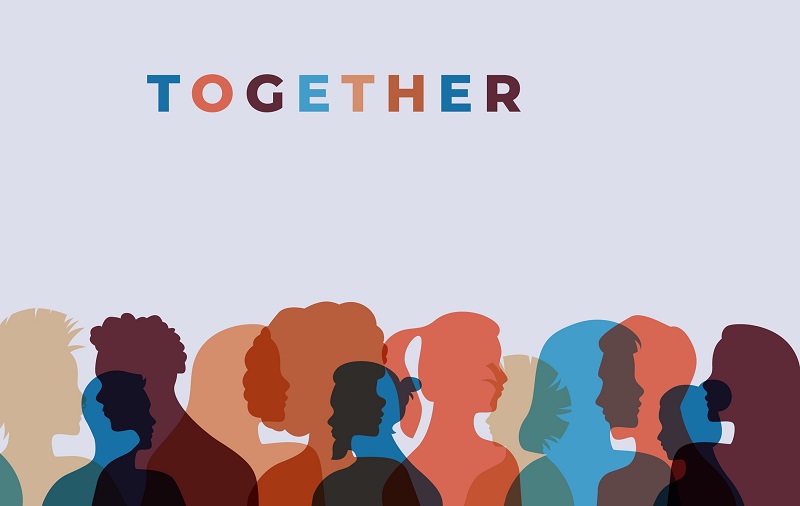Moving up in the workplace can be fraught with difficulties, especially if you’re from a minority group with fewer advantages. With businesses facing many external pressures such as the economic impact of COVID-19, the great resignation and inflation, it can be easy for leaders to forget about important diversity, equity and inclusion measures to aid career progression for minorities in the workplace.
With this in mind, it’s time for employees to take charge of the crucial stages that aid their career progression, including finding allies, mentors, sponsors and coaches to help them on their way. These points should be a reminder, with further reading available on DiversityQ.
1. Look for ‘real’ and effective allies
Find your allies; an ally is someone with more privilege and power in the workplace who uses their position to empathise and support members of a more marginalised group. Being an ally also means building trust, consistency and accountability relationships and having the confidence to speak out against discrimination and inappropriate statements.
If you want to learn more about allies, here are a few articles that can help: Active allyship the key to better diversity and inclusion; Understanding allyship: the shared pathway to cultural change; Learnings on the journey to stronger LGBT+ allyship.
2. Find guidance from mentors
Whatever your level, you will always need advice to make the right decisions. A mentor can guide you and share their expertise.
The key to choosing a mentor is to think about what you need and who can help you do it. This means identifying the area where you need help and finding the right person to advise you.
Mentoring is a two-way street. Whatever your level, you may find that the person best placed to help you in your development also needs your help in other areas. They can also bring different perspectives and challenge your thinking. You can also teach them things too; this is also known as reverse mentoring.
With this in mind, be as ready to offer advice as you are to receive it so that you can build a reciprocal relationship that will benefit you throughout your career.
If you want to learn more about mentoring, you can read: Is mentoring reaching the right people? Tips on mentoring disenfranchised employees; Women entrepreneurs show the meaning of role models and mentorship at FFE event; Google Cloud’s Larissa Suzuki on being a role model and mentor for women in tech; Why mentoring in the tech industry is so important.
3. Find your sponsors to unlock the door
You also need a sponsor, which is an internal colleague at a higher level who can support and promote you.
A career sponsor is more of an active position than a mentor, as they raise your profile at work, help place you in new roles, and ensure that you are recognised, including advocating for you in your absence.
When identifying a potential sponsor, be bold and make it clear what you want. You can ask them to endorse your work for a specific purpose. Or you can ask them to nominate you when they discuss major projects in which you have been involved. When a new project comes up, you can ask them to remind their colleagues of your previous contributions.
If you want to learn more about sponsorship, you can read a few articles here: Your guide to utilising sponsorship and mentoring for diversity; Paralympian’s business sponsorship shows the many benefits of CSR
4. Elevate yourself with your coaches
You already have your allies, mentors and sponsors, but something is still missing. What about developing specific skills or building your confidence or leadership training? On a long-term basis, a coach will help you to work on areas of improvement and to reinforce your strengths to increase your performance.
To find out more about coaching, read: How can managers adopt coaching skills and techniques for more inclusive conversations; How to make coaching work for different personality types.









